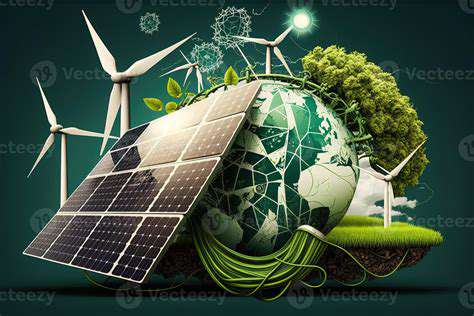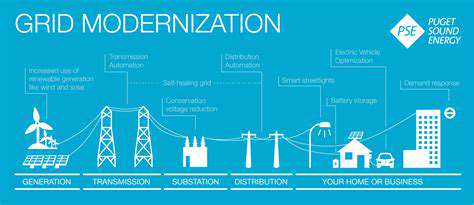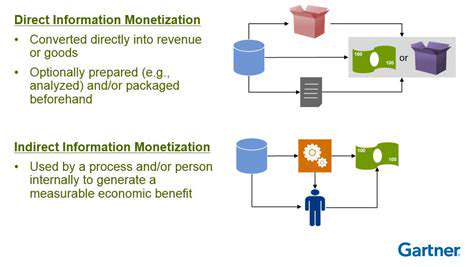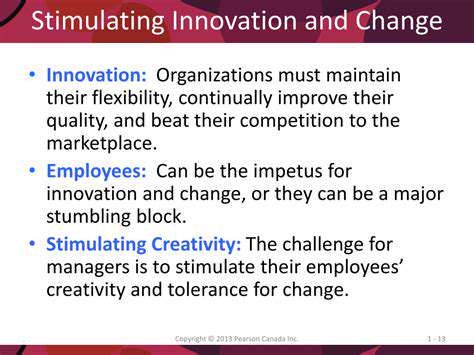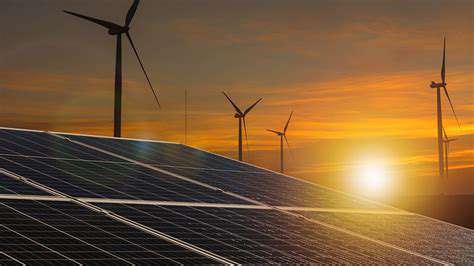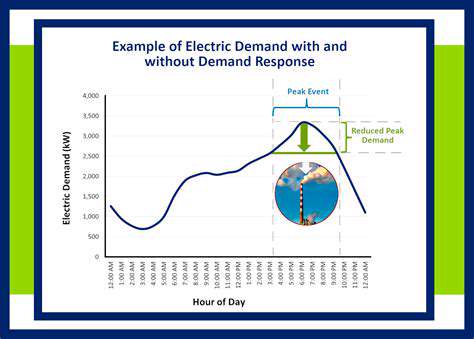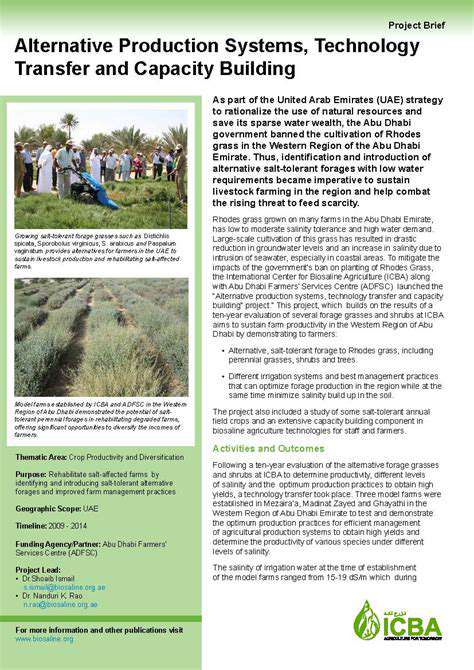Exploring Bioenergy with Carbon Capture and Storage (BECCS)
Understanding Bioenergy with Carbon Capture and Storage (BECCS)
Bioenergy with Carbon Capture and Storage (BECCS) is a technology that aims to mitigate climate change by capturing the carbon dioxide (CO2) emissions produced during the combustion of biomass and storing it underground. This process essentially creates a negative emission technology, removing CO2 from the atmosphere. It's a complex process that involves several crucial steps, and understanding these steps is critical to evaluating its potential and limitations.
The core concept behind BECCS hinges on utilizing biomass – organic matter like wood, agricultural residues, and other organic waste – as a fuel source. The combustion of this biomass releases energy, but with the added step of capturing the CO2 emissions, BECCS effectively sequesters the carbon, preventing it from entering the atmosphere. The captured CO2 is then transported and stored in geological formations, such as depleted oil and gas reservoirs.
The Biomass Fuel Source: Types and Considerations
The choice of biomass type is crucial to the efficiency and sustainability of BECCS. Different biomass sources have varying carbon footprints and energy yields. Sustainable forestry practices, utilizing residues from agriculture, and managing waste streams are key considerations. Using dedicated energy crops, while potentially increasing land use, can also be part of the mix, requiring careful consideration of land competition and environmental impact.
The quality and availability of biomass directly impact the cost and feasibility of BECCS implementation. Factors such as moisture content, ash content, and the presence of impurities all influence the efficiency of the combustion process and the effectiveness of CO2 capture. Optimizing the supply chain for biomass is essential for scaling up BECCS.
The Carbon Capture Process: Technology and Efficiency
Carbon capture technologies used in BECCS are crucial for its effectiveness. Different methods, like post-combustion capture, oxy-fuel combustion, and pre-combustion capture, each offer varying levels of efficiency and cost implications. Developing and deploying cost-effective and scalable carbon capture technologies is a significant hurdle in the development of BECCS.
The efficiency of carbon capture directly impacts the overall cost and feasibility of the BECCS process. Improving capture rates and reducing energy consumption associated with the process are key areas of ongoing research and development. Finding the optimal balance between capture efficiency and cost-effectiveness is critical for making BECCS a viable climate mitigation strategy.
Storage: Geological Formations and Security
Storing the captured CO2 in suitable geological formations is a critical component of BECCS. Identifying suitable geological formations with the capacity to securely store large volumes of CO2 is essential. This involves rigorous geological assessments to ensure the long-term integrity of the storage site and prevent leakage into the atmosphere.
Ensuring the long-term safety and security of CO2 storage sites is paramount. Monitoring and verification mechanisms are necessary to detect and prevent any potential leakage. Understanding the potential impacts of long-term storage on the environment and ecosystems is also an ongoing research area.
Challenges and Future Outlook for BECCS
Implementing BECCS on a large scale presents several significant challenges. These include the need for significant infrastructure development, the economic viability of the technology, and the potential environmental impacts of biomass production. Overcoming these challenges is crucial for the future success of BECCS.
Future research and development efforts must focus on improving the efficiency and reducing the cost of BECCS technologies. Addressing the sustainability concerns associated with biomass production and land use is vital. Developing robust regulatory frameworks and policies will be key to guiding the responsible and sustainable development of BECCS.
Potential Benefits and Advantages of BECCS
Enhanced Carbon Sequestration
Bioenergy with Carbon Capture and Storage (BECCS) offers a potentially significant pathway to remove atmospheric carbon dioxide. By capturing the carbon dioxide emissions from bioenergy plants, BECCS effectively diverts this greenhouse gas from the atmosphere and stores it underground. This process has the potential to significantly mitigate climate change by actively reducing the concentration of a major greenhouse gas, a critical step in addressing global warming. The scale of carbon sequestration achievable with BECCS is a key factor in its potential effectiveness in combating climate change, and further research is required to optimize its efficiency and long-term viability.
The ability of BECCS to sequester significant amounts of carbon dioxide makes it a potentially valuable tool in the fight against climate change. The process involves capturing CO2 emissions from the combustion of biomass, which are then compressed and transported to geological storage sites. This process could play a crucial role in achieving ambitious climate targets, but careful consideration of the environmental and economic implications is essential for successful implementation.
Sustainable Bioenergy Production
A key advantage of BECCS lies in its potential to contribute to a more sustainable bioenergy sector. The process utilizes biomass, which can be sourced from various sustainable sources, including agricultural residues, forestry residues, and dedicated energy crops. This utilization of biomass, if managed sustainably, can support a circular economy, reducing reliance on fossil fuels and minimizing environmental impacts. Properly implemented, BECCS can help transition away from traditional energy sources toward a more environmentally friendly and sustainable approach.
The use of biomass in BECCS allows for the possibility of producing renewable energy while simultaneously removing carbon dioxide from the atmosphere. This approach to energy production can contribute to a more sustainable energy system, reducing the reliance on fossil fuels and mitigating greenhouse gas emissions. However, the sustainability of the biomass feedstock is critical, and careful consideration of land use and potential impacts on biodiversity are crucial for the long-term viability of this approach.
Economic Opportunities and Incentives
Implementing BECCS technologies can unlock significant economic opportunities, creating new jobs in the bioenergy sector, carbon capture technologies, and related industries. Potential economic benefits include the development of new technologies, the creation of new markets for biomass feedstocks, and the potential for carbon offsetting programs. These opportunities can support economic growth and create new investment avenues, contributing to a more diversified and sustainable economy.
The development and deployment of BECCS technologies can generate significant economic activity, particularly in rural areas. This includes the creation of new industries, the development of new infrastructure, and the generation of employment opportunities. The potential economic benefits of BECCS can be further enhanced through government incentives and supportive policies that encourage investment and deployment.
Technological Advancements and Improvements
Continued advancements in carbon capture technologies are crucial for enhancing the efficiency and cost-effectiveness of BECCS. Improved capture techniques, storage methods, and transportation systems are necessary for large-scale deployment. Research and development efforts focused on these areas can significantly reduce the costs and barriers associated with deploying BECCS on a wider scale. These innovations are vital for the long-term viability and widespread adoption of BECCS.
Further research and development in BECCS technologies are critical for the long-term success of this approach. Improving the efficiency of carbon capture processes, enhancing the capacity and safety of storage sites, and optimizing transportation methods will be essential for making BECCS a viable and cost-effective solution for carbon removal. Technological progress is key to unlocking the full potential of BECCS for climate change mitigation.
